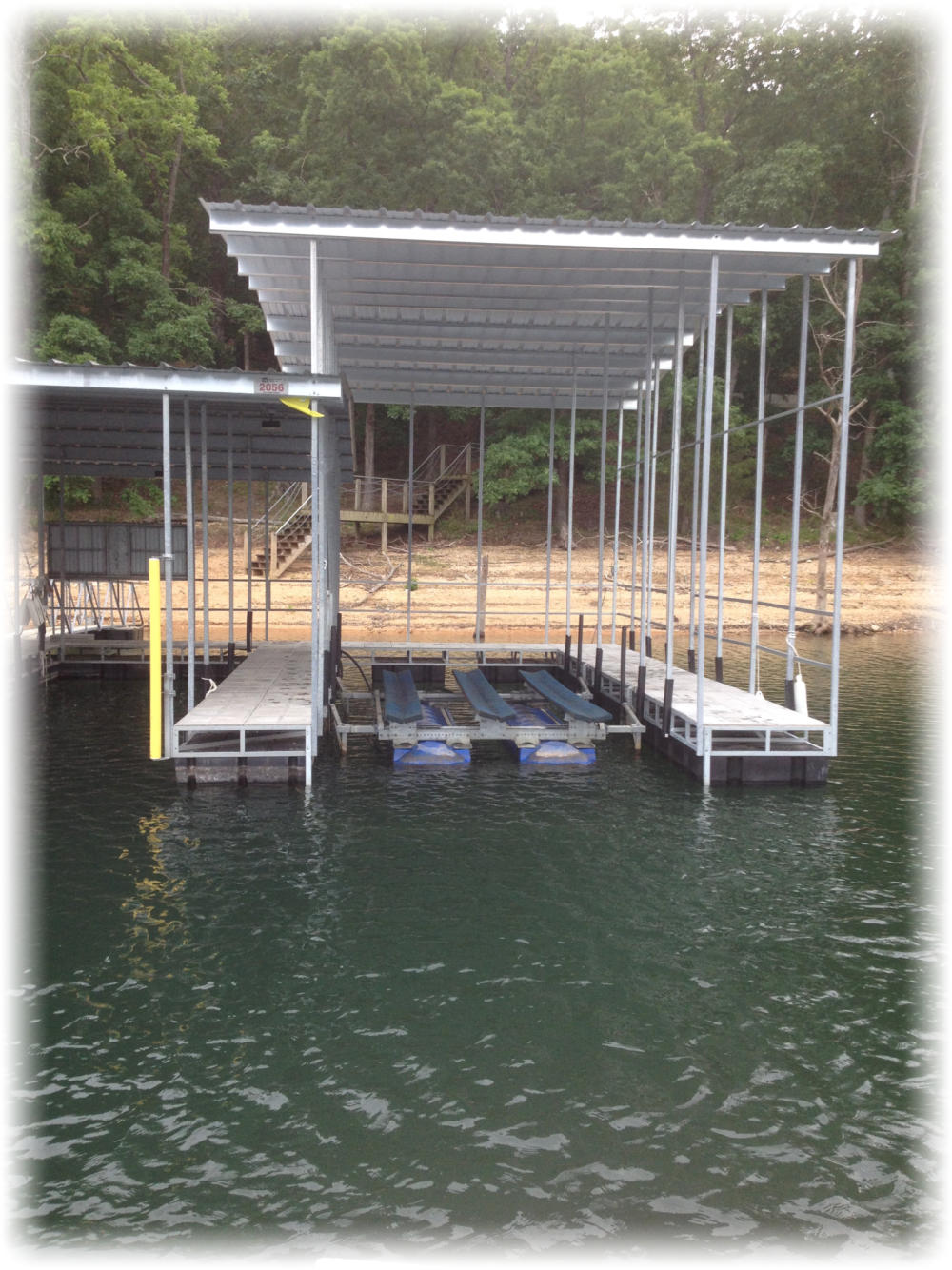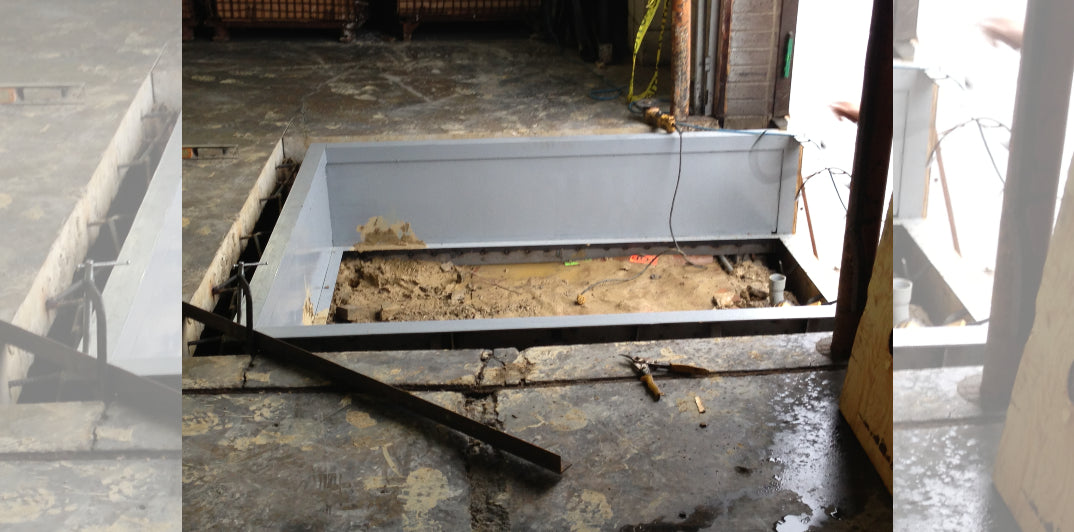Recognizing the Prices Associated With Dock Repairs
Recognizing the Prices Associated With Dock Repairs
Blog Article
Effective Dock Repair Work Techniques: Making Certain Architectural Stability
Guaranteeing the architectural stability of anchors through efficient repair methods is paramount for the long life and safety of aquatic facilities. Ultimately, choosing the right repair service materials, such as composite products and corrosion-resistant alloys, is crucial for durability.
Examining Dock Damage
Evaluating dock damages is a crucial initial step in making certain the structural integrity and safety and security of any type of docking facility. Trick aspects to check out consist of the dock's foundation, pilings, decking, and equipment (Dock Repairs).
Architectural engineers or qualified examiners commonly execute these assessments making use of specialized methods and tools. Underwater evaluations might use finder devices or remotely operated lorries (ROVs) to identify immersed damages. Above water, visual evaluations are complemented by using dampness meters and various other diagnostic tools to reveal underlying concerns not quickly visible to the naked eye.

Finding Repair Service Materials
Picking the suitable repair work materials is a crucial action in the dock remediation process, one that straight influences the durability and performance of the repaired framework. Material selection have to be driven by variables such as environmental conditions, load-bearing needs, and compatibility with existing dock elements.
In addition to timber, composite materials are significantly prominent due to their sturdiness and low upkeep requirements. Compounds, usually made from a blend of plastic and timber fibers, offer superb resistance to rot, bugs, and UV damages. For metal anchors, selecting corrosion-resistant alloys such as galvanized steel or marine-grade light weight aluminum is important to avoid corrosion and make sure structural stability in saline water conditions.
Epoxy materials and marine-grade sealants are crucial for fixing cracks and securing joints, providing a water-proof barrier and boosting the dock's general stamina. By meticulously picking top notch materials, dock fixings can accomplish long-lasting results, thereby securing against future degradation and making certain risk-free, dependable use.
Architectural Support Methods
Effective architectural support strategies are crucial in guaranteeing the stability and durability of dock repair services. One basic approach involves making use of steel or composite reinforcement bars (rebar) within concrete structures. Rebar provides additional tensile strength, avoiding cracks and distributing loads more evenly. This method is particularly effective for docks exposed to heavy loads or severe environmental conditions.
One more vital strategy is the application of fiber-reinforced polymers (FRP) These materials use high strength-to-weight ratios and excellent resistance to deterioration, making them excellent for reinforcing wood or concrete anchors. FRP can be applied in sheets or strips and bonded with epoxy materials to enhance architectural honesty.
Supporting and securing systems also play a vital role in structural support. Cross-bracing, using metal or wooden beam of lights, can combat side forces, decreasing persuading and activity. Anchoring systems, such as helical piers or driven heaps, supply a secure foundation by transferring you could try this out loads to much deeper, more secure soil layers.
Finally, the combination of load-distribution plates can assist distribute weight much more evenly throughout the dock's surface area, alleviating localized stress factors. These techniques jointly guarantee that anchors continue to be secure and robust, qualified of holding up against the rigors of their functional environment.
Advanced Fixing Methods

Another sophisticated strategy involves underwater welding, which enables repair work to be conducted without the requirement to dewater the area. This method is especially advantageous for resolving structural problems in immersed dock this post components, guaranteeing marginal disruption to operations. Enhanced welding techniques, paired with robotic systems, deliver precision and integrity, consequently extending the lifespan of the dock.
In addition, cathodic defense systems are implemented to stop rust in metal dock frameworks. By utilizing sacrificial anodes or pleased present systems, these strategies properly alleviate the electrochemical processes that lead to product wear and tear.
Finally, advanced tracking technologies, such as architectural wellness monitoring (SHM) systems, offer real-time data on the condition of dock frameworks. These systems make it possible for proactive upkeep and prompt treatments, eventually making certain the long-term structural honesty of the dock.
Maintenance and Prevention
Upkeep and avoidance are fundamental ideas that underpin the longevity and safety and security of dock structures. Routine assessments are extremely important, enabling very early discovery of damage, potential weaknesses, and environmental influences. A positive strategy, entailing routine look for rust, rot, and structural shifts, minimizes costly repairs and extends the dock's operational life.
Safety nets should include applying safety finishes to metal parts to safeguard against rust and making use of treated timber to withstand decay. Furthermore, guaranteeing proper water drainage and ventilation can prevent water accumulation, which is an usual reason of architectural deterioration. Integrating top quality materials and adhering to manufacturer standards throughout building and fixing stages likewise play critical duties in enhancing longevity.

Training personnel in dock maintenance finest techniques makes sure regular application of preventive actions. Leveraging technical advances, such as drones for evaluations and sensors for real-time monitoring, can better boost maintenance initiatives. By focusing on maintenance and prevention, dock proprietors can guarantee architectural honesty, functional safety, and cost-efficient management over the dock's lifespan.
Verdict
To conclude, maintaining the architectural stability of marine facilities requires comprehensive dock repair work methods. Complete evaluations using sophisticated devices reveal both noticeable and concealed damages, while the option of appropriate repair service products enhances longevity. Applying architectural reinforcement approaches addresses tension factors efficiently. Advanced repair service strategies, paired with regular upkeep practices, make sure the dock continues to be secure and operational under varied ecological problems. Embracing these methods considerably lengthens the lifespan and capability of aquatic infrastructure.
Guaranteeing the architectural integrity of anchors with effective fixing strategies is extremely important for the long life and safety of aquatic facilities.Selecting the suitable repair products is a crucial action in the dock remediation process, one that straight influences the long life and performance of the fixed structure.Reliable architectural reinforcement techniques are important in making certain the security and longevity of dock repair work. By focusing on maintenance and avoidance, dock owners can guarantee original site structural stability, functional safety and security, and cost-efficient management over the dock's life expectancy.
In conclusion, maintaining the structural honesty of aquatic facilities demands detailed dock fixing methods.
Report this page